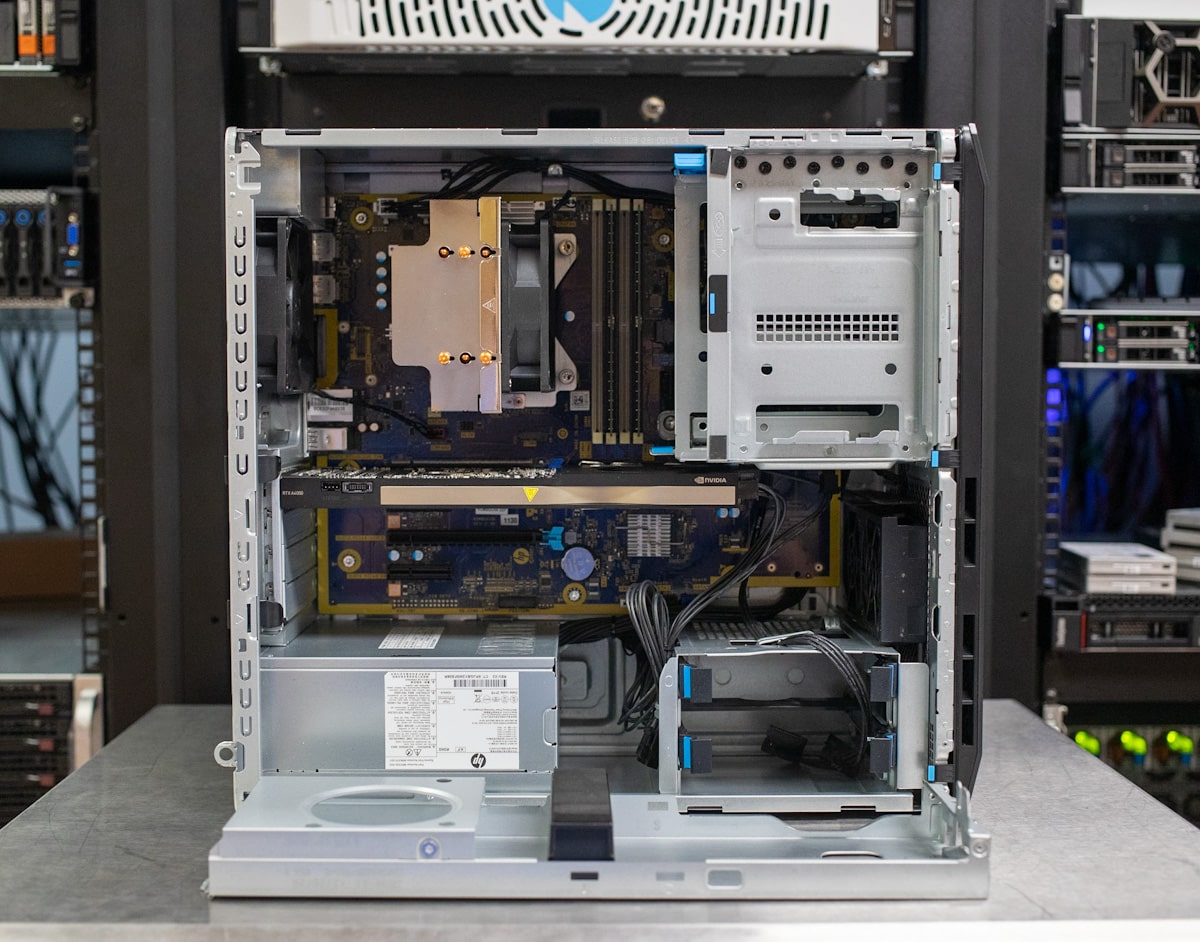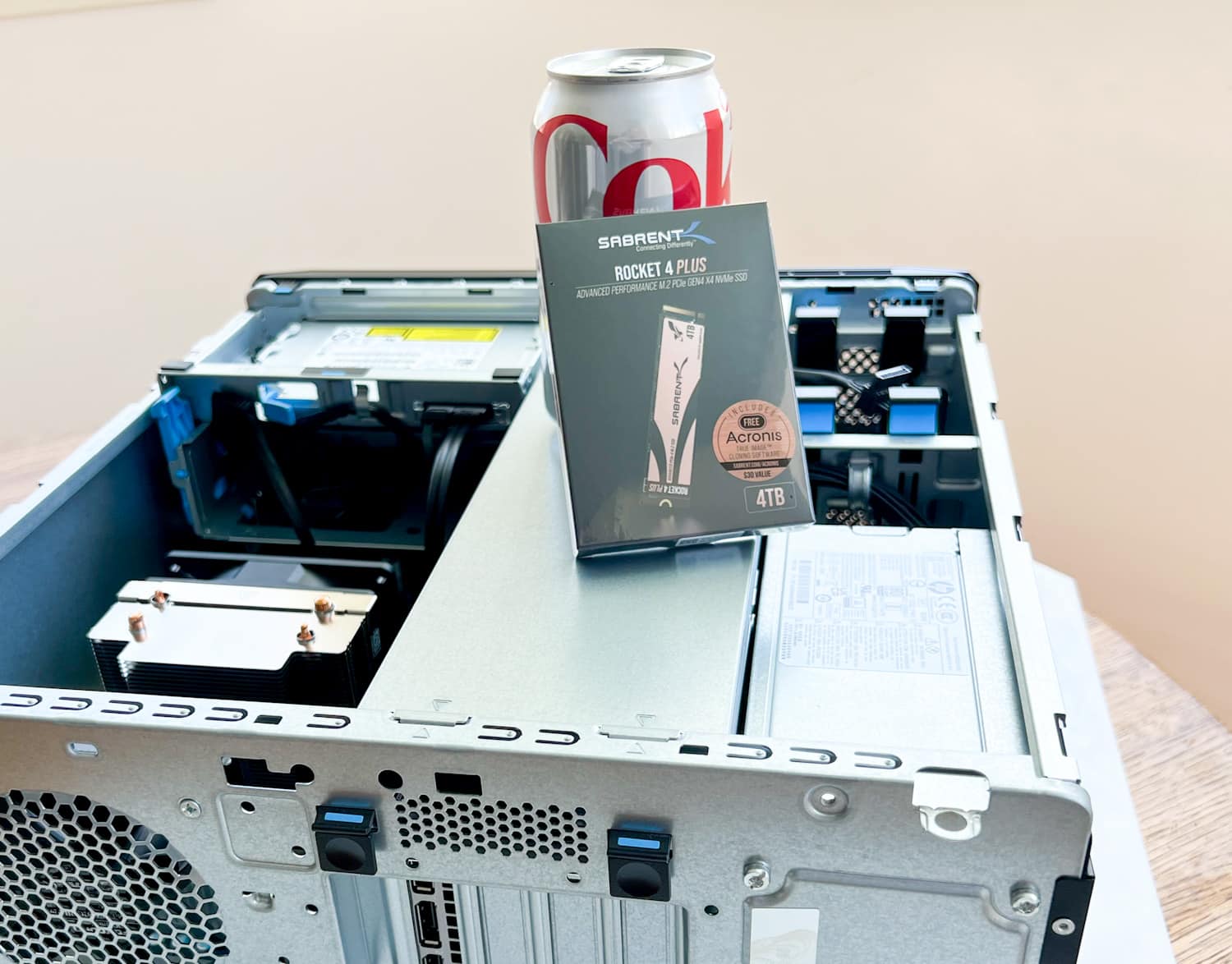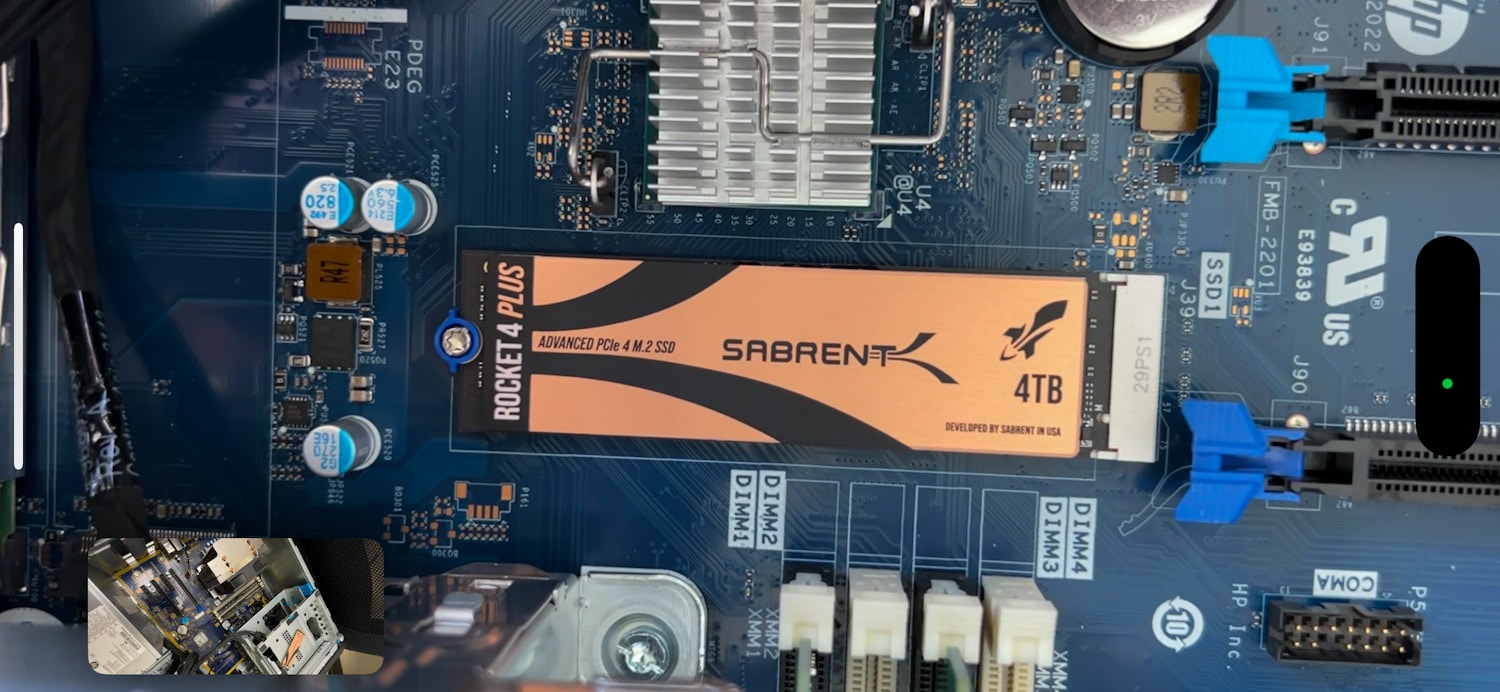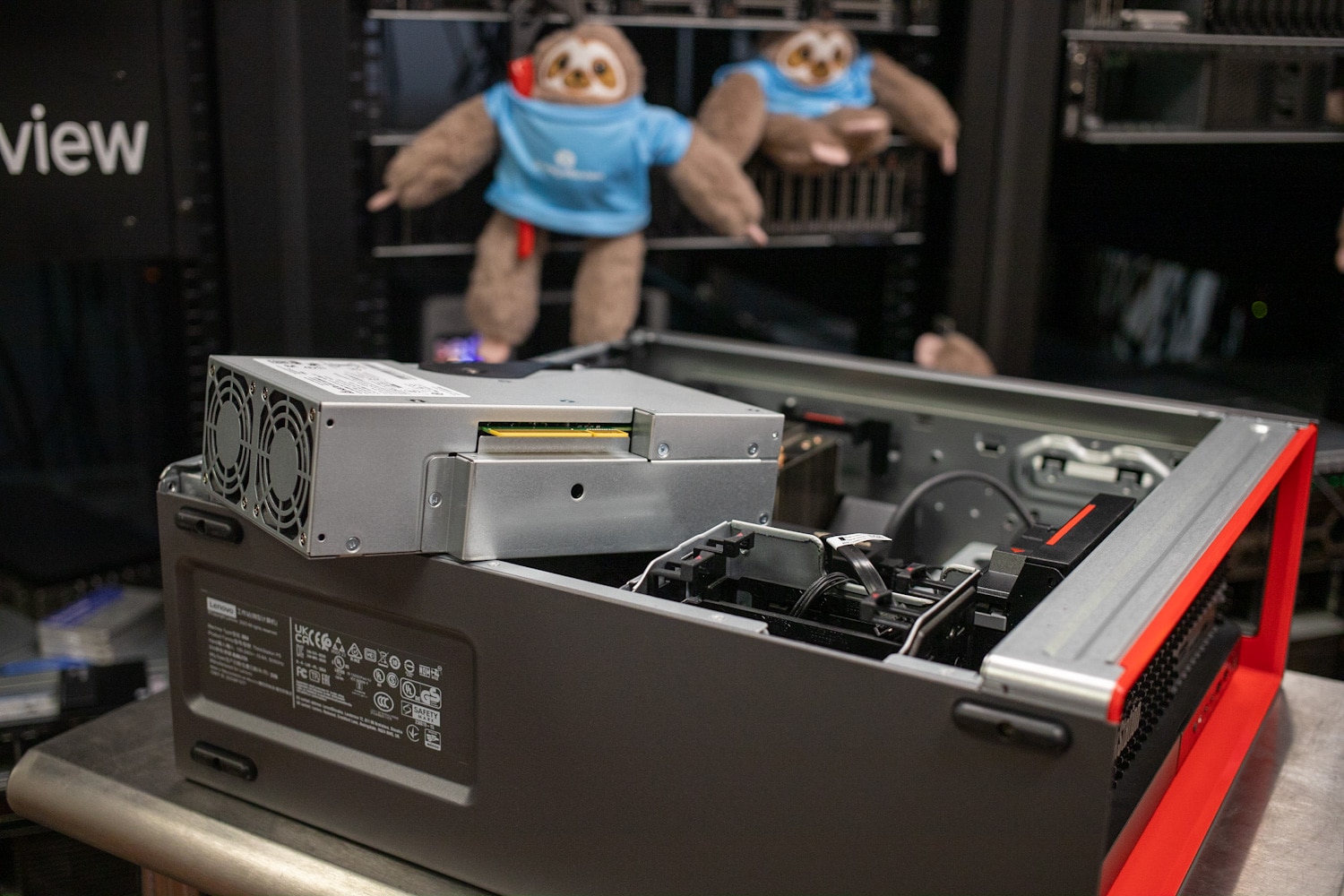When you’re building a new PC via the Lenovo, Dell, or HP store, the question often arises: Should you go with the SSD option provided by the Original Equipment Manufacturer (OEM) or look elsewhere? Many consumers might not know they can simply build a basic system and go the retail route to upgrade in areas they need. For many users, the convenience of getting a high-capacity SSD straight from an OEM such as Dell or HP is tempting. However, the pricing suggests that this convenience comes at a premium, as prices often seem to skyrocket once you choose beyond the standard build.
Comparing OEM and Retail Pricing
A recent example of the HP Z2 Tower highlights this very debate: When purchasing an HP Z2 Tower, opting for the default build comes with a 256GB M.2 SSD as the boot drive. If you wanted to upgrade to a 4TB SSD using HP’s online builder, it would cost an additional $2,159. It’s an incredibly hefty price tag for an upgrade that, on the surface, seems like a straightforward upgrade to a drive that is worth well below that price point.

Enter the retail market, an area filled with competitive pricing and a vast range of options. As an alternative to this costly HP upgrade, we turned to Sabrent, a very reputable brand in the SSD industry. Their offering? A 4TB Rocket 4 Plus SSD for $349 at retail pricing. The retail route offers an upgrade that’s approximately 500% cheaper than the OEM option.

This significant cost difference isn’t unique to HP. Consider Lenovo’s P360 tower workstation. Here, the SSD upgrade option maxes out at 2TB for an additional $300, starting from the base build of 512GB. The ThinkStation P5 tells a similar story. The standard build of the mid-tier workstation is also 512GB PCIe Gen4 SSD; however, if you want to upgrade to the 2TB or 4TB model, it will cost you an extra ~$300 and $735, respectively. Once again, turning to retail options could provide more storage for significantly less expenditure.
Exploring Price Disparities and Justifications
But why does such a massive price difference exist? OEMs often justify their higher prices by bundling warranty and service packages. They market the convenience of having everything under one warranty umbrella with the drives installed for you. However, it’s essential to understand the trade-offs. While it’s true that an SSD purchased outside the OEM won’t fall under the manufacturer’s warranty, these drives usually come with their own robust protection. For instance, the aforementioned Sabrent SSD boasts a warranty of up to 5 years, which is comparable to what most OEMs would offer.
Ultimately, both consumers and businesses should weigh their options carefully when building a new workstation. The initial convenience and peace of mind when upgrading via the OEM might seem like a simpler path with just the click of your mouse (and they do all the work for you); however, the potential savings from the retail route are hard to ignore.
This is not to say that OEMs don’t provide value—they do, especially in terms of integrated support and warranties for enterprises that require streamlined service solutions. But for those who are budget-conscious or looking to maximize their storage without breaking the bank, retail SSDs (whether it is from Amazon or another online store) present an attractive alternative.
It’s worth noting here that almost all workstations sold by the major OEMs are done so through the channel and not the vendor’s website, and thus are sold at lower than advertised prices. But even so, there still may be major savings on components that can be added or upgraded after the fact without all that much trouble.
DIY Upgrades Are Easy
To prove out the upgrade process I enlisted my parents to go through the SSD upgrade process with a new HP Z2 Tower purchase. The system was configured with the base 256GB M.2 SSD, with the upgraded SSD being the Sabrent Rocket 4 Plus 4TB.
The entire upgrade took place over the phone with a little bit of lab assistance. On the HP Z2 Tower, the onboard M.2 slot is located right under the first PCIe slot filled with the GPU. Removing the GPU gives you full access to swap the drive around, and since there are multiple slots you can move the original SSD to an open one, keeping the original and upgraded one in service.

Sabrent includes an Acronis True Image license with their SSDs, which can help with the upgrade process. On this particular system, we went with a clean Windows 11 install, but both methods are pretty easy these days. All in the full upgrade took about an hour walking my parents through the process, although the pain takeaway is that SSD upgrades are very simple to approach for anyone.

Exploring the Retail Advantage
The storage market is vast and varied. In an era where users have more choices than ever for their SSDs (as well as extremely affordable prices), making an informed decision could lead to both better overall system performance and easier on the wallet. So next time you’re considering an SSD upgrade when building a new system, it might just be worth taking a peek at what retail has to offer.





 Amazon
Amazon